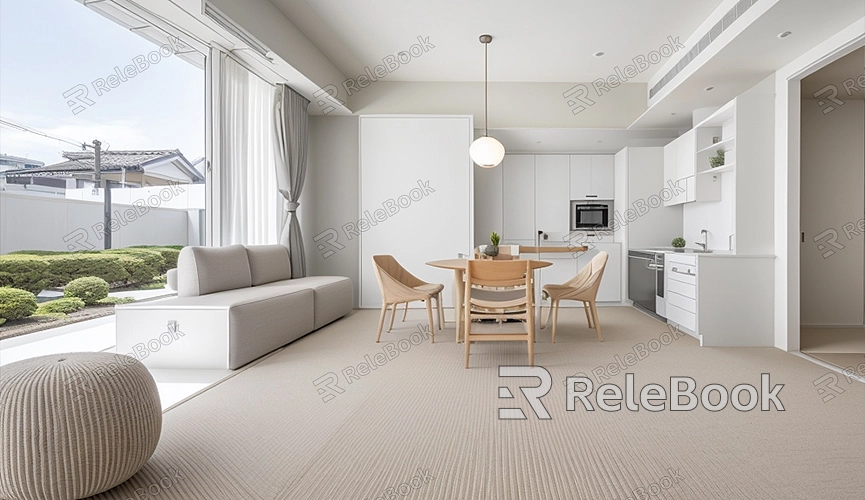How to Render Video Blender
Blender, known for its powerful capabilities in open-source 3D modeling and rendering, is not only used for creating stunning static images but also for producing and rendering high-quality videos. This article will guide you through the process of rendering videos in Blender, helping you quickly master this skill.
I. Preparation
1. Download and Install Blender
First, download and install Blender if you haven't already. You can get the latest version from the [Blender official website]. The installation process is straightforward; simply follow the prompts.

2. Familiarize Yourself with Blender Interface
Before you begin, it's advisable to familiarize yourself with Blender's basic operations and interface layout. This will facilitate smoother navigation during video rendering.
II. Import and Set Up Project
1. Import Assets
Open Blender, go to the top menu bar, click on "File" -> "Import," and choose the file format (e.g., OBJ, FBX) for importing 3D models. If you already have a Blender project, open the project file directly.
2. Set Up Scene
Ensure your scene is set up correctly, including lights, camera, and all required 3D models. Adjust the position and angles of these elements in the viewport until you achieve the desired visual outcome.
III. Configure Rendering Settings
1. Select Render Engine
In the properties panel on the right, click on "Render Properties" (camera icon). Under the "Render Engine" option, choose either "Eevee" for quick previews and real-time rendering or "Cycles" for higher-quality rendering results.
2. Set Output Options
In "Output Properties" (printer icon), set the output file path and format. Choose "FFmpeg Video" as the "File Format," then expand the "Encoding" section to select an appropriate codec, such as H.264.
3. Set Frame Range
Ensure you've set the correct frame range. In "Output Properties," locate the "Frame Range" section and specify the start and end frames, which determine the length of your video.
IV. Add Animation
1. Create Animation
On the timeline, move the slider to the desired frame, select the object for animation, and press the 'I' key to insert a keyframe. Repeat this process to create the desired animation effects. Fine-tune animation curves in the "Animation Editor" to ensure smooth and natural animations.
2. Preview Animation
Press the spacebar in the viewport or click the play button to preview the animation effects. You can adjust keyframes and animation curves as needed until you're satisfied.
V. Render Video
1. Rendering Setup
In "Render Properties," ensure you've selected the correct render engine and quality settings. Depending on your project requirements, adjust parameters such as sampling, lighting settings, etc.
2. Start Rendering
From the top menu, choose "Render" -> "Render Animation." Blender will start rendering each frame and save them into the specified file format. Rendering time will vary based on scene complexity and computer performance.
3. Check Output File
After rendering completes, verify if the output file meets your expectations. If issues are found, you can return to adjust settings and animations before re-rendering.
VI. Post-Processing
1. Use Video Sequence Editor
Blender includes a Video Sequence Editor where you can edit rendered videos by adding cuts, audio, transitions, etc. Open the Video Sequence Editor, import your rendered video file, and begin post-processing.
2. Export Final Video
After completing all post-processing tasks, repeat earlier steps, set the output path and format, then choose "Render" -> "Render Animation" to export the final video.
Rendering videos in Blender may require some time and patience, but with the steps outlined above, you can easily master this skill. From importing assets and setting up scenes to creating animations and final rendering, each step is crucial in producing high-quality videos.
By following these steps, you've not only learned how to render videos in Blender but also gained insights into optimizing rendering effects and performing post-processing tasks. If you encounter any challenges, refer to Blender's official documentation or community resources for further assistance and tips.

